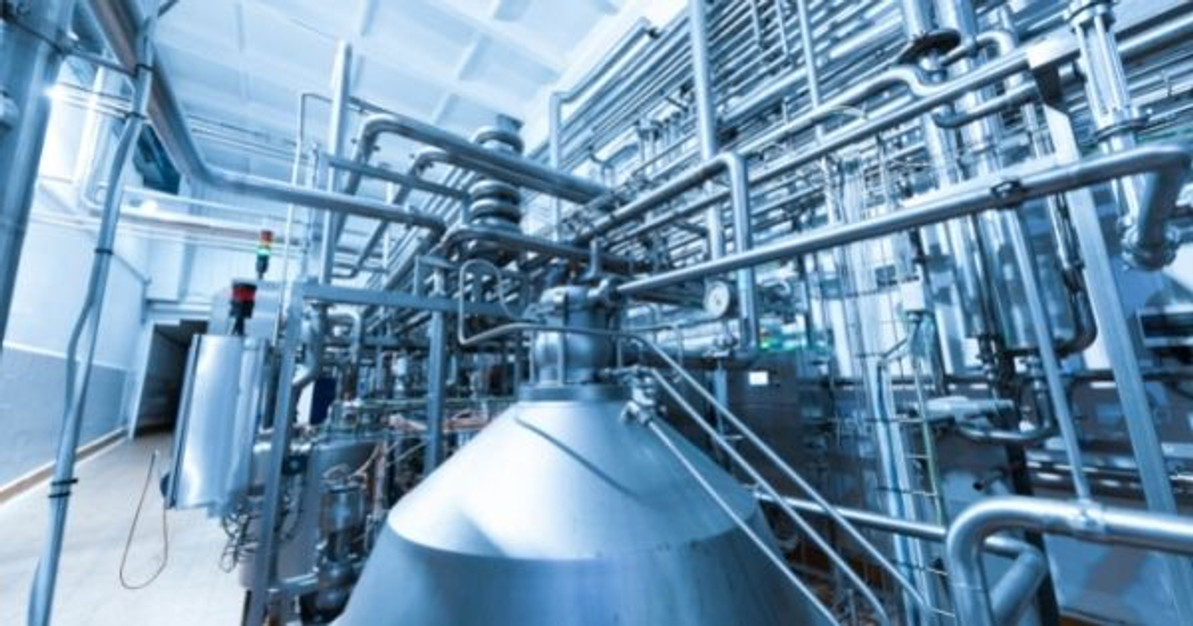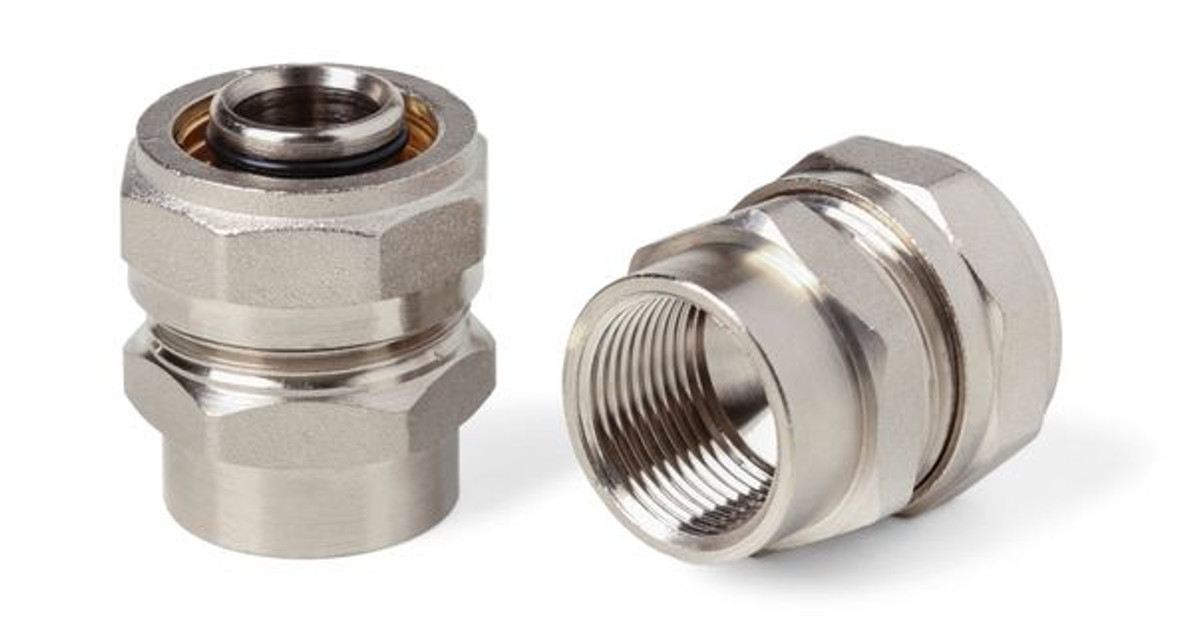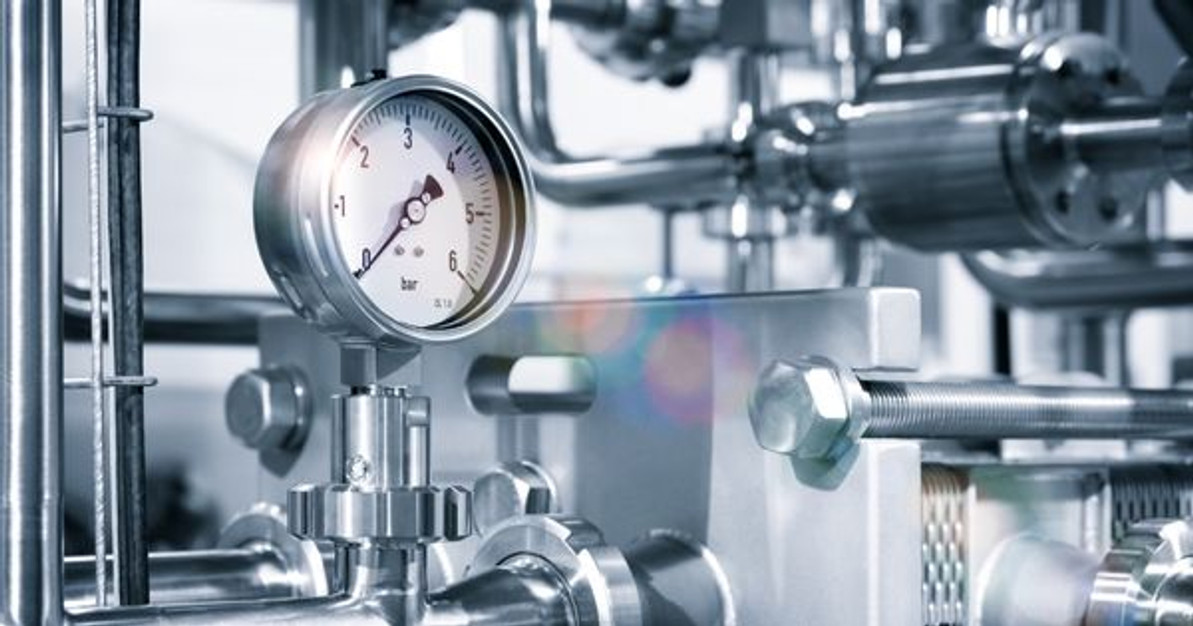 Dec 17th 2021
Dec 17th 20213 Things You Should Know About Sanitary Fittings
For many industries, such as the food and beverage or pharmaceutical industries, sanitation is a top priority within their facilities. For that reason, there is simply no substitute for stainless steel as the ultimate sanitary material. In particular, an important component of tubing is the fitting. Here are three things you should know about sanitary fittings and why your facility needs them.
Non-Porous and Crevice Free
One of the most unique and valuable features of stainless-steel sanitary fittings is that their surfaces do not have any pores or crevices for substances to get stuck in. This is crucial for preventing the contamination of sensitive products like food or medicine. This prevents bacteria, grime, and mold from building up in such crevices, and it ensures that remnants of the last product don’t remain to contaminate the next one. You will be hard-pressed to get the same performance out of any other material.
Easy To Clean and Maintain
Another thing you should know about sanitary fittings is that they’re incredibly easy to clean and maintain as a result of the non-porous surface. Because contaminants and substances don’t have any crevices to get caught in, they can be wiped away with ease. This will ensure the cleanliness of your facilities and cut down on the amount of time employees need to spend cleaning and maintaining the equipment. Plus, it’s cheaper!
Polished and Resistant Surfaces
The two prior benefits culminate in stainless steel fittings being incredibly resistant against corrosion and decay. With regular care, stainless steel has an incredibly long lifespan, as rot and decay struggle to find a foothold. You won’t have to worry about liquids rusting the metal and thus costing you extra in replacement components or extensive maintenance. Such decay and rust can also be highly threatening to industries that need such a high level of sanitation, as corrosion will absolutely contaminate and compromise the final product. So, reduce the risk as much as possible by investing in stainless steel.
 Dec 17th 2021
Dec 17th 2021Recent Posts
-
Nov 7th 2022
What Is Food-Grade Stainless Steel Tubing?
Businesses that produce food and beverage products must operate hygienically. Sterile environments a …Nov 7th 2022
-
Oct 11th 2022
Why Sanitary Fittings Are Important for the Medical Industry
Sanitary fittings are useful for many industries. Food and beverage manufacturers have used these to …Oct 11th 2022
-
Sep 23rd 2022
What Is the Max Operating Temperature for Stainless Steel?
Stainless steel is valued in many industrial applications because it’s capable of withstanding high …Sep 23rd 2022




